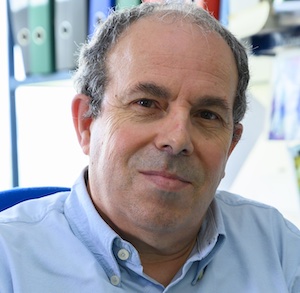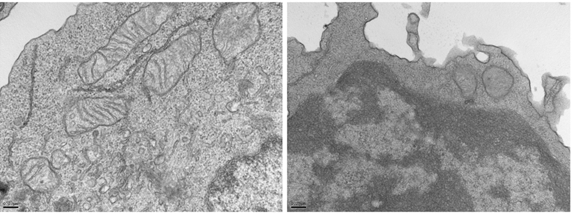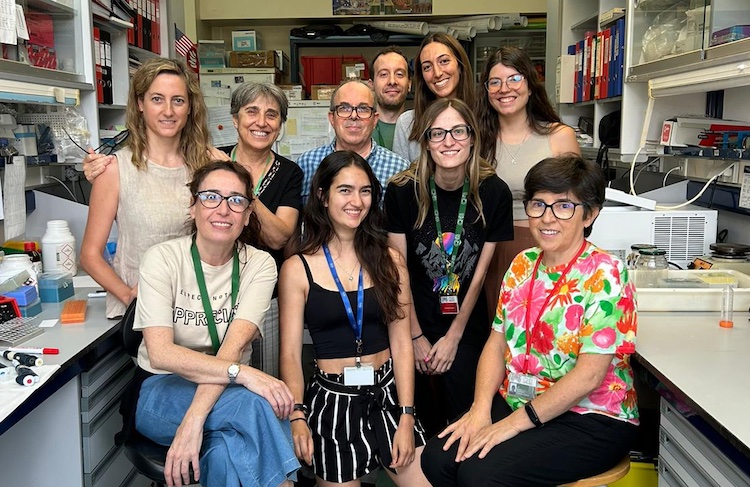Signaling Networks In Inflammation And Cancer
RESEARCH GROUPS

Santos Mañes
Group Leader
Research Summary
Immune evasion is a fundamental hallmark of cancer. Although the immune system recognizes tumour cell-derived neoantigens, cancers escape this control. We aim to identify new mechanisms involved in tumour-induced immune resistance and to develop immunotherapies against cancer.
Research Lines
Normalization of tumour-associated vasculature
A major factor limiting immunotherapies is the reduced infiltration of anti-tumour immune cells, such as cytotoxic lymphocytes. Tumour blood vessels are programmed to impede the infiltration of these effector cells. This is associated to the abnormalization of the vasculature. We are studying the role of anti-oxidant enzymes and matricellular proteins to reverse this abnormalization.
Signals involved in T cell dysfunction
Tumour-specific T cells are usually dysfunctional in the tumour microenvironment (TME). Using RNA-seq and bioinformatics, we identified a genetic program associated to T cell exhaustion. In collaboration with Industry, we are deciphering the mechanisms of new intermediates causing T cell dysfunction and their potential clinical application.

Restoration of SOD3 expression in the tumour microenvironment normalizes tumour vasculature. Tumour section stained with SOD3 (red), CD31 (green) and DAPI (blue).
Rewiring tumor cell metabolism
Metabolic reprogramming is another hallmark of cancer. Neoplastic cells develop a number of metabolic adaptations to survive and proliferate without restrictions, but also induce metabolic stress affecting the activity of endothelial and T cells in the TME. We aim to manipulate the metabolism of tumour cells to turn the immunosuppressive TME into an immunodominant one.
Neuroinflammation and Alzheimer’s Disease
In collaboration with ACE Foundation (Barcelona), we are deciphering the role of specific cytokines and metabolic factors in neurodegeneration and dementia.

PD-1 signalling reduces mitochondrial cristae length. Note the different structure of mitochondria in activated (left) and PD-1-exhausted CD8+ T cells (right).
Publications
Group Members
Group Leader
Santos Mañes
Staff scientists
Emilia Mira Dámaso
Rosa Ana Lacalle Blanco
Raquel Blanco
Lab assistants
Rosa M. Peregil Alcocer
Rebeca Garcia Lucena
Postdoctoral Researchers
Ainhoa Ruiz Iglesias
Angel García Aldea
PhD Candidates
Elena Nonnast Fornieles



